As the day starts, the air fills with the quiet crunch of snow under your feet. Little eyes peak out from behind the fluff of a tail and your furry teammates stretch and rise to greet you. You can feel the quiet energy creep through your soul and build to a height of excitement that is inexplicable. You breathe deeply and smile with the thought of the work that lies ahead.
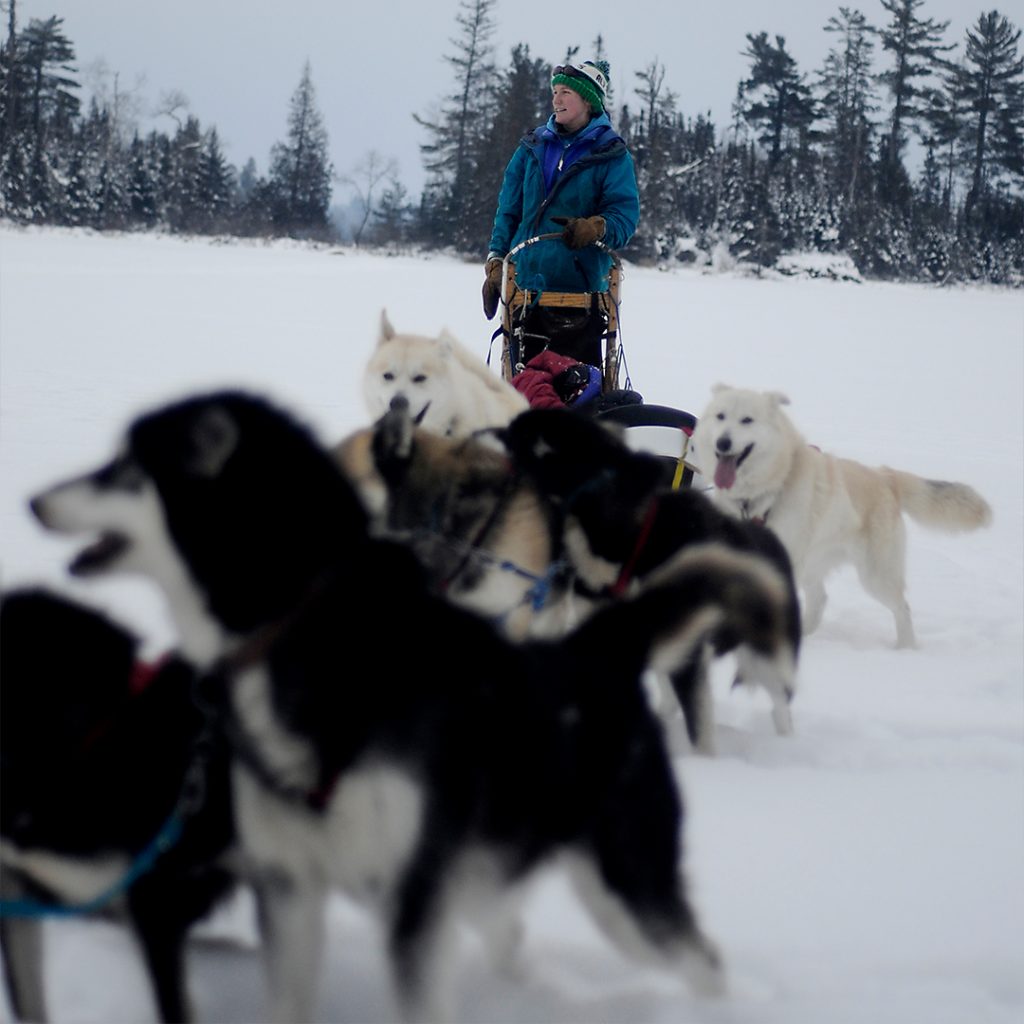
This blissful peace and joy is one of many emotions felt when out on a winter dog sledding expedition. There are as many emotional highs as there are challenges. Your limits are pushed in moments where you wonder if it is possible to keep going, but then you do it and you find that you can. You will laugh, you may cry, you will smile, you may doubt yourself, but you will finish, and it may be one of the greatest feelings of accomplishment you will ever have.
When I started working winters here at the Outward Bound School in Minnesota, my love and excitement for winter was great, but I had no experience in cross country skiing, mushing, winter camping, chopping wood, reading ice, and the list goes on. All I knew was that I wanted to experience winter on another level.
My first winter experience with Outward Bound, my balance and coordination were tested with tumbles on skis; my endurance pushed past the point where I thought I couldn’t go any further. At night, my body was heavy with sleep and grateful for rest. I could do it all, even though there were moments where it didn’t feel like I could. And from that first experience, one of my many learnings was the value of physical preparation.
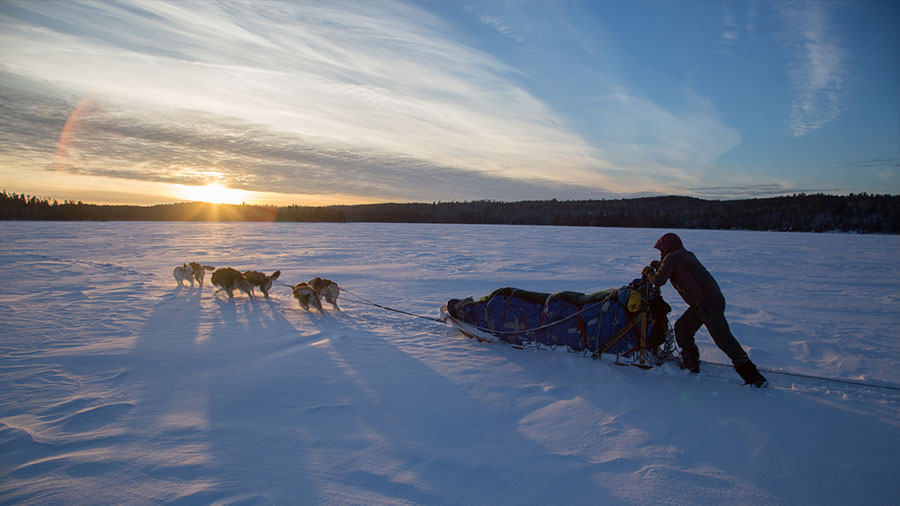
So… how should you physically prepare for a dog sledding expedition?
Core
Working on your core muscles will help you tremendously on your expedition. It will help with balance and stability, and it will make tasks like sawing and chopping wood a little less taxing. When putting together a workout routine, make sure your core exercises include your abdominal, lower and upper back, and oblique muscles. Planks are great—you can do them pretty much anytime, anywhere!
Strength
On your expedition, you are going to be shoveling snow, pushing and pulling a heavy sled on narrow trails and more. All of these tasks are benefited from a good foundation in strength. You’ll want to focus on your back, shoulders and quads. Those three areas tend to be the primary muscles you will need and use throughout your course.
Endurance
Life on trail in the winter can be an endurance game. From the moment you wake up until the moment you fall asleep, you are going to be active. In the beginning, just getting out of bed can be a challenging exercise. Working out with the goal of endurance in mind is important. Generally, it is best to focus more on increasing the number of reps you complete and the length of time you’re devoting to exercising rather than increasing weight or speed.
Cardio
Expedition mushing and cross country skiing are both active sports. Your heart will get pumping out there! Although strength and core focus should consume a lot of your routine, make sure to devote time to cardio at least a couple times a week.
Okay, so where do you start?
Start Now
Do not delay the start of physically preparing for a winter course! Every day, every run, every yoga session is one that will help you get ready to take on the challenge of winter. The more time you invest in physical preparation for your course will only benefit you in the end.
Build a Routine
Routine is best when you create one in consult with some form of trainer or accountability partner. It will help you keep track of your fitness, make sure you are covering all of your strength training needs, and ensure that you are investing enough time. If a trainer is outside of your budget, there are several apps out there that can help you too! They will provide you with an exercise routine, reminders and more. We recommend the Nike Training Club. Another app that some of our staff enjoy is Training Peaks. Both apps ask you about your current fitness level and about the number of days and time that you have to commit to working out. And, if you don’t have access to gym equipment, they also offer programs that rely primarily on body weight training. When using these apps, remember to focus on primarily strength training and your core. Not about the app program? Find some trainers on Youtube or TikTok you enjoy and save some of their exercise routines to try out. Better yet, see if they have a 30-day challenge going on you can join.
Find a Partner
For me, the hardest part is staying committed to an exercise program—an app sending me a reminder isn’t quite enough to keep me on track, personally. What does work wonders for me is a partner that I can be held accountable to. This could be a trainer at your gym, a friend, a relative—anyone that can help you stay motivated, focused and provide you with support in the times when you don’t feel motivated.
Set Goals
Every time you go into a workout, make sure you decide what your focus is going to be. Maybe it is a number of exercises, a number of reps for each exercise or a distance that you want to run. Make it measurable, so you know you are getting where you want to be. It is also important to make goals for the week and for your overall workout program—how do you know you are making the progress you want to? These goals can be modified as you go, but having a starting place will set you up for success.
You can make your day as active as you want it to be by incorporating less intensive activities in your day.
Stand at your desk while working. Take the stairs instead of the elevator. Ride your bike to run errands. Go for a short 20-minute walk after lunch or on breaks. You don’t have to do all of these things, but find something that works in your day that can be a normal part of your routine.
Maybe you’re curious… what do I do, as an Outward Bound Instructor, to prepare for winter expeditions?
My personal routine may differ greatly from a routine you will build for yourself at home, but it may also help give you an idea of how to incorporate activity into your day. These days I spend the fall not only getting myself in shape for the winter season, but simultaneously helping get our 70 sled dogs ready! I am fortunate that a lot of my personal preparation is already incorporated into my daily work tasks.
During my work day, I get in some strength training from hauling and lifting 5 gallon buckets of water and dog food to feed and water our furry friends every morning and every night, in addition to getting them from home to hook-up multiple times a day. The weight I am lifting—about 20+ lbs at a time I am curling, hauling, etc.—doesn’t change, it’s the same every day and I definitely feel and see a difference from day one to our last day of dog training.
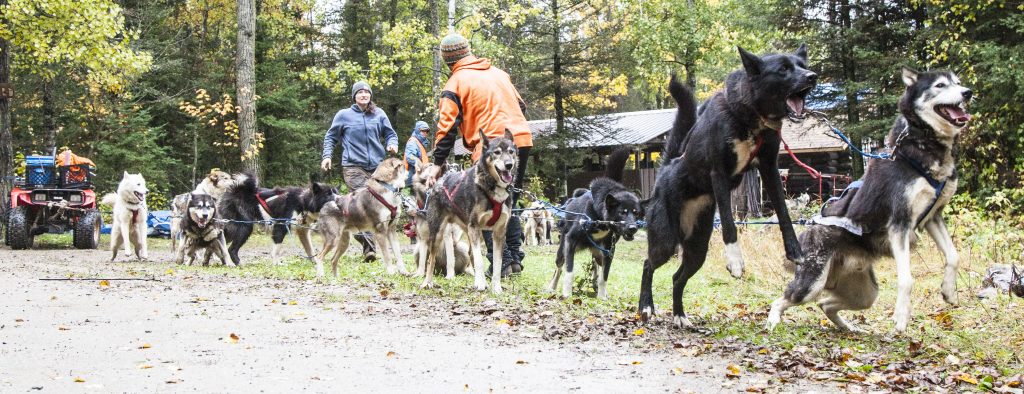
Photo courtesy of John Ratzloff
I also walk everywhere during my day. I couldn’t tell you precisely how many steps or miles, but my best guess is something like 5 or more miles a day. I do other random things as well, like push around our ATVs, fill in holes our furry friends create. I definitely incorporate rest as well, and make time to sit and pet my beloved coworkers.
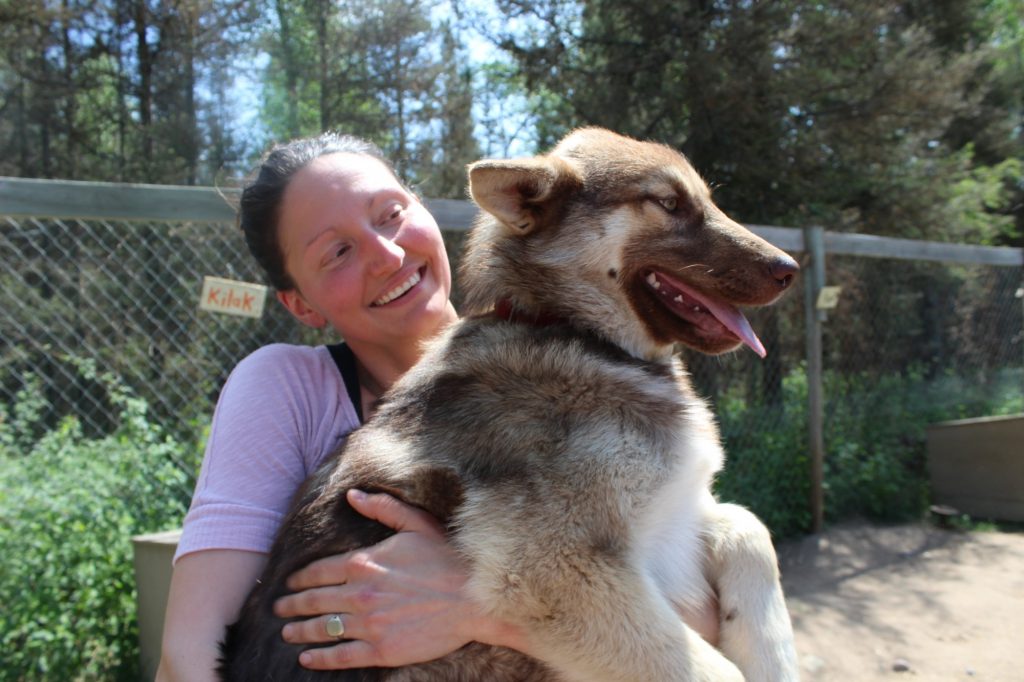
Photo courtesy of Holly Noble
What about outside of work? I go to the gym or work out at home 2-3 times a week for about 45 minutes to an hour. Because of the limited time I have to devout to exercise, I try to maximize my gain. Most recently I have really gotten into Tabata style workouts, a type of high intensity interval training. For those workout sessions, I typically choose 2-3 goals for my workout in order to determine what exercises I will incorporate. For me, those goals often involve my core, my shoulders and cardio. In addition to these types of gym sessions, I also go to yoga every Tuesday night. This helps me with my core as well as my balance, and I also find that I love having a more relaxing dedication to exercise once a week.
If I were to summarize the biggest takeaways from my routine, it would be these:
- Make your day active in some way
- Focus on increasing repetitions and time, not weight and speed
- If you have limited time, build a high-intensity interval workout routine like Tabata
Sound intimidating? Don’t panic!
Winter expeditions are hard, there’s no hiding that, but they are also incredible in many other ways. Picture magical sunrises and sunsets, breathtaking night skies, unconditional furry love, rosy cheeks and big smiles, welcoming campfires and unforgettable memories. And, I would venture to say, that the physical toughness of living in winter only makes all the rest that much sweeter.
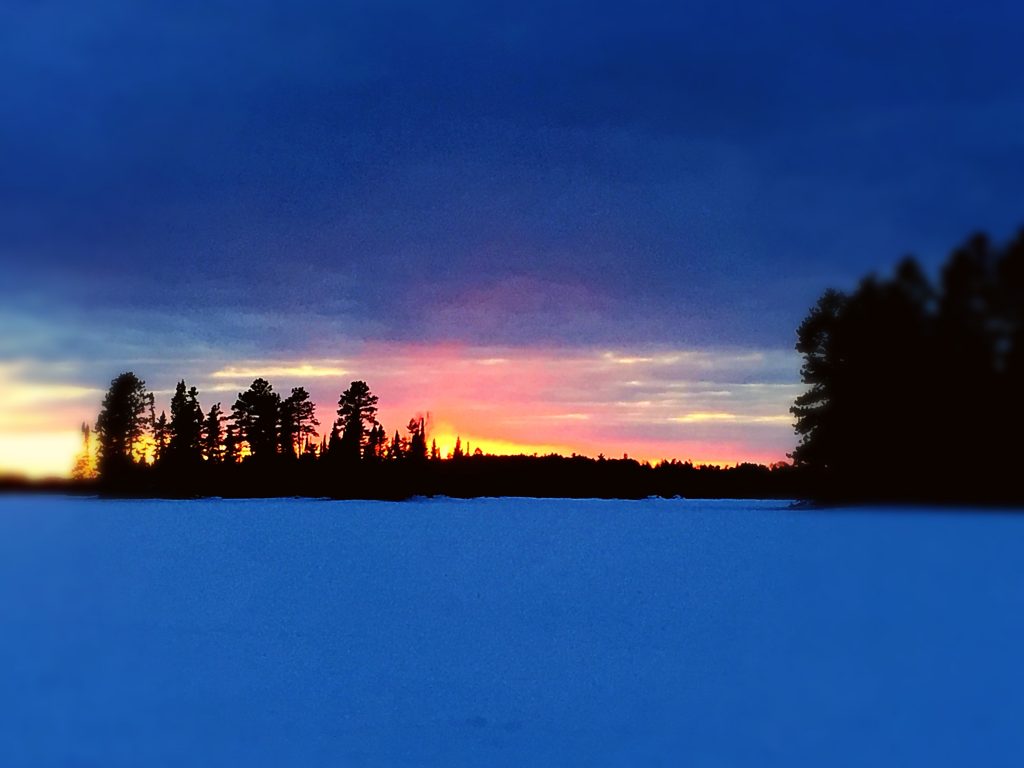
In the end, don’t lose sleep over what lies ahead and do all the prep work you can. Everything you do will only make you thankful later and will set you up for success out there. Happy strengthening and we’ll see you here when the snow flies!
To check out all dog sledding expeditions offered by Outward Bound, go here.
About the Author
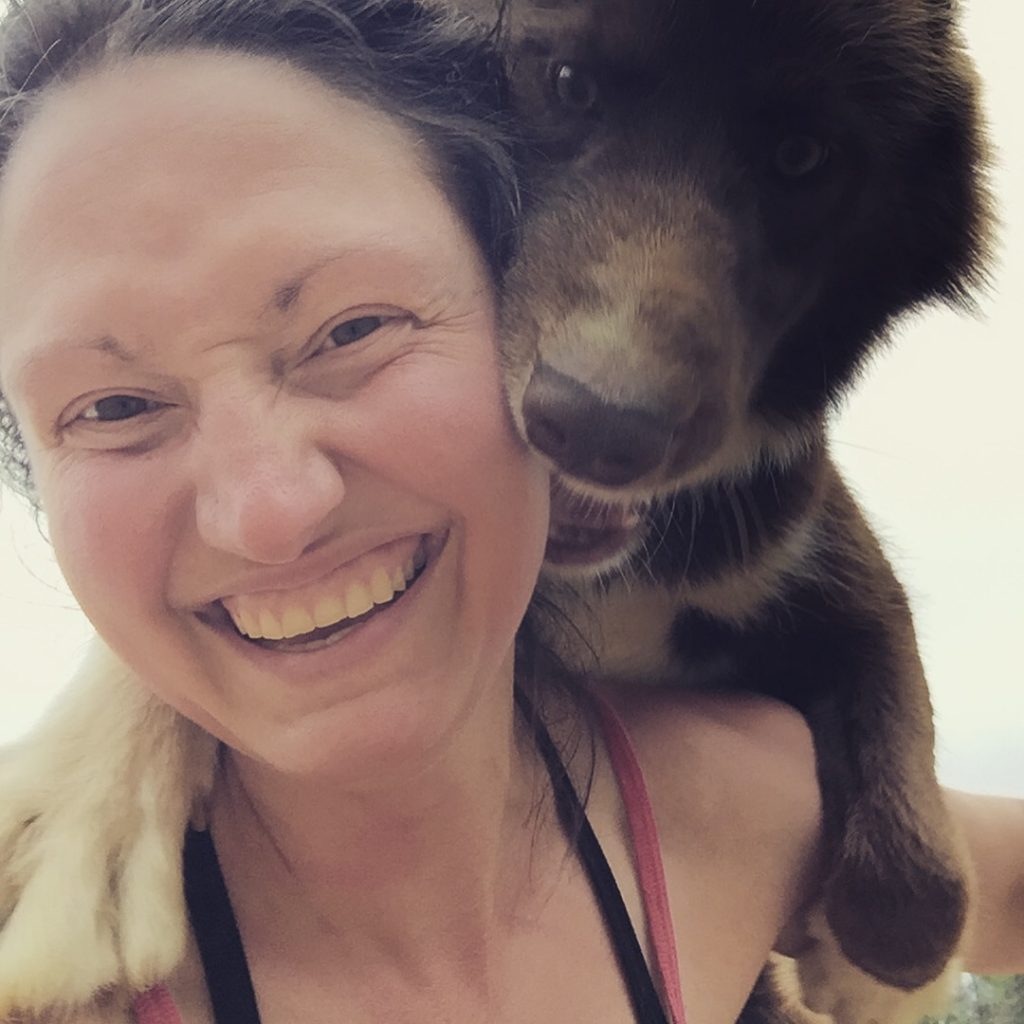
Photo courtesy of Sammie Kapaun
Sammie Kapaun is a course advisor, Instructor and dog trainer for Voyageur Outward Bound School. Corn fed and Iowa bred, Sammie’s heart was born a wandering one—always looking for the next big adventure. Sammie splits her year between course advising in the spring and summer, instructing in the summer and winter, and training sled dogs in the fall. If you ask her, the best place at VOBS is the dog yard, the best season to visit is winter, and the best thing she gets to say at work is “Ready dogs… let’s go!”
OTHER POSTS YOU MAY LIKE
Read More
Read More
Read More




